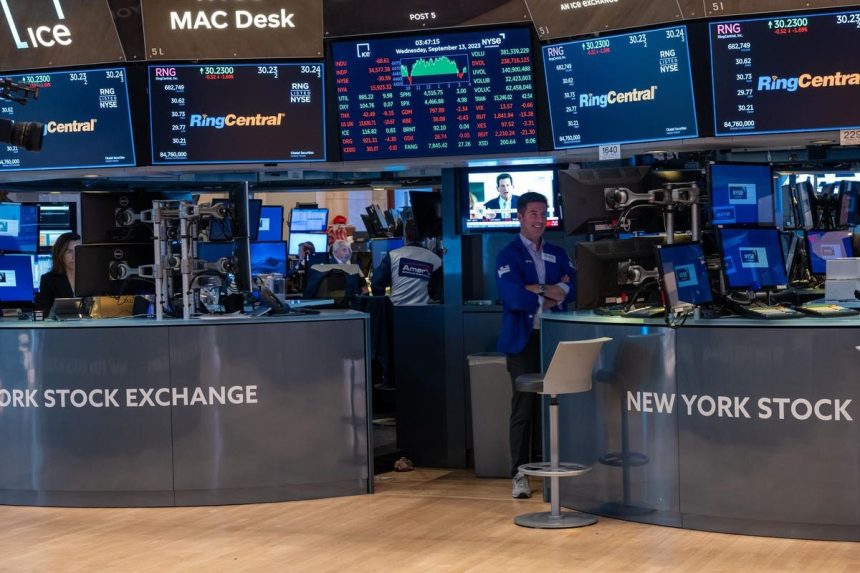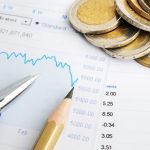Following the most dramatic pace of tightening in two generations, the U.S. Federal Reserve may be nearing the completion of its hiking cycle. Equity market performance after a cycle’s final rate hike can have a wide range of outcomes, from recession to skirting by with a soft landing.
Our base case continues to be a recession, although the jury is still out.
Regardless of the outcome, the 10-year U.S. Treasury bond yield has likely reached, or is near, its peak. It has risen more than 100 basis points from its April lows, with just over half of that rise coming between mid-July and late August. 10-year yields typically peak in a range from four months prior to five months following the peak in the fed-funds rate.
The 10-year closely tracks the Bloomberg Economic Surprise Index, which measures how frequently data releases beat or miss expectations. This summer that index hit its top decile, so we would not be surprised if it rolls over, a move that would have important ramifications for equity valuations and market leadership.
For valuations, falling long-term interest rates bode well. Future cash flows would be discounted by smaller amounts, so the value assigned to future profits would effectively rise as the discount rate declines. This increases an asset’s theoretical value despite no change in underlying cash flows.
At 18.8 times next-12-month earnings forecasts, the S&P 500 cannot be described as cheap. Yet with the 10-year yield at more than 4%, if it declines – and, by extension, discount rates also drop – market multiples would look less stretched.
Bond yields also can influence market leadership, as evidenced by stocks’ recent choppiness. This summer, when the 10-year rose sharply, defensive sectors (such as utilities) and growth sectors (such as information technology) underperformed. Meanwhile, cyclicals (energy) and value (health care) outperformed.
That should come as no surprise as cyclical and value stocks tend to hold up better as rates ascend while equities with growth and defensive characteristics thrive more from declining long-term yields. Value stocks tend to be priced on cash flows for the next few years, making them less susceptible to discount rate changes. Growth stocks tend to emphasize cash flows further in the future, so they can be punished more as the discount rate rises and future cash flow values are reduced.
Higher yields tend to accompany improving economic outlooks, typically boosting the cash flows of cyclical companies to greater degrees. When this occurs, investors can often find more attractive yields in fixed income. This can further diminish the appeal of defensives relative to cyclicals.
Lower bond yields tend to signal decelerating U.S. economic momentum, when equity investors tend to seek companies with more resilient earnings profiles and attractive dividend yields, such as defensives.
Notably, the S&P 500 has become more dominated by companies with growth and defensive characteristics in recent years. Today, the share of the S&P 500 classified as growth, stability and defensive is over 70%, up from 60% 10 years ago and 40% almost 100 years ago.
This means the benchmark is more sensitive to changes in bond yields. If yields are near or reach a peak, lower rates could help support equity valuations in a soft landing or blunt the pain in a recession.
Given our expectation for rates to fall from here, we recommend tilting to defensive and growth stocks, areas of the U.S. equity market most leveraged to declining bond yields.
Jeffrey Schulze, CFA
CFA
Read the full article here




